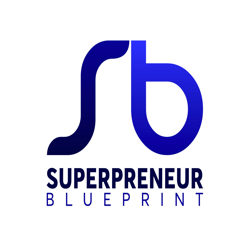Dear Superpreneur,
During the Abundance 360 Executive Summit, Peter Diamandis invited Dr. Astro Teller to talk about moonshots. Dr. Astro Teller currently oversees X, Alphabet’s moonshot factory. Astro was previously CEO of Cerebellum Capital and BodyMedia. He holds a B.S. & M.S. in computer science and heuristic computation from Stanford, and a Ph.D. in AI from Carnegie Mellon. He is a recipient of the Hertz fellowship.
First of all, your moonshot is profoundly anchored into your MTP (Massively Transformative Purpose).
For Astro Teller, a moonshot must have three characteristics:
- It must tackle a huge problem
- It must be based on a breakthrough technology
- It’s a radical solution allowing a 10X improvement
If you have some ideas of Moonshots, start by creating your 5-year Moonshot planner. First of all, ask yourself what is your 5-year Moonshot? How can you achieve a 10X improvement in 5 years? Then, what concrete objective can you achieve this year? Now, continue your retro-planning by defining which goals you must achieve in the next month, in the next three months and in the next six months to get on schedule with your 5-year Moonshot.
Also discuss with your team or your mentor about the risks associated to your Moonshot. How can you reduce them? Which actions must be taken today?
A Moonshot is hard, very hard … grit is the key … So, keep going, don’t give up and build a better world for the next generation!
Build the World You Love,
Fab

